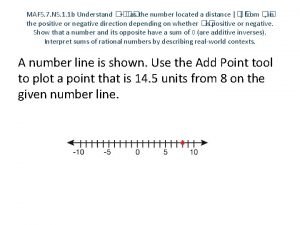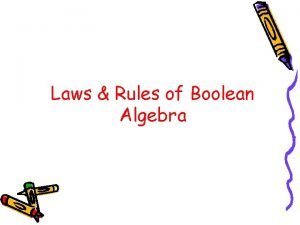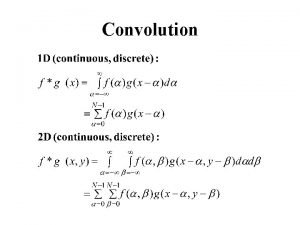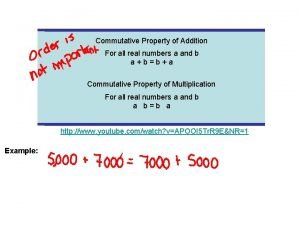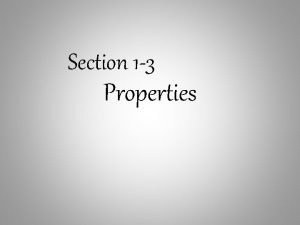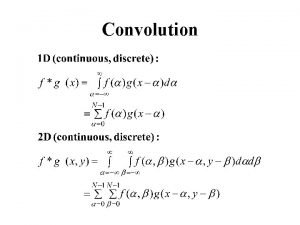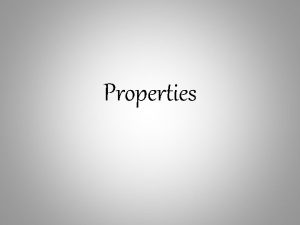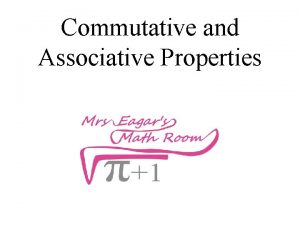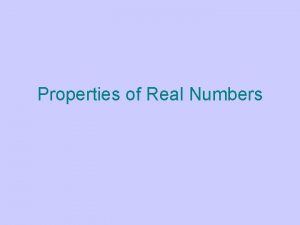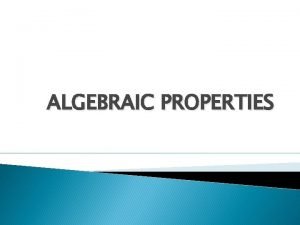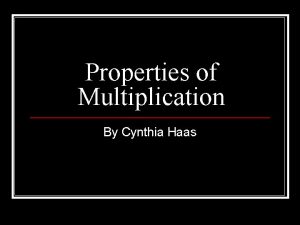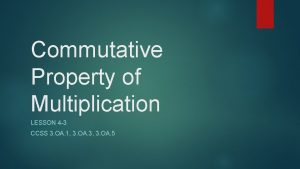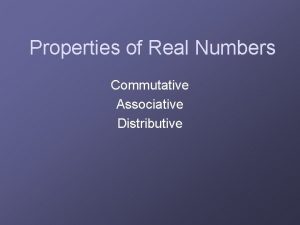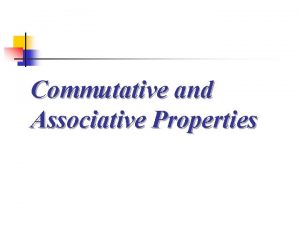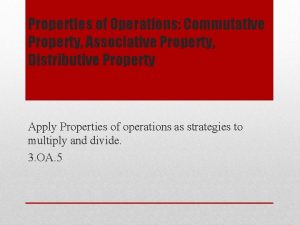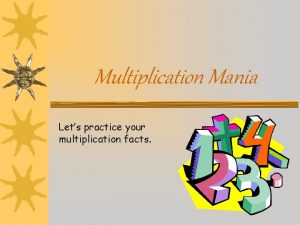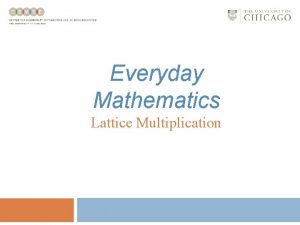Commutative Property of Multiplication MAFS 3 OA 2















- Slides: 15

Commutative Property of Multiplication MAFS. 3. OA. 2. 5

Commutative Property of Multiplication In Ms. Adams’s classroom library, she has 5 rows of bookshelves with 3 books on each shelf, as shown below.

Commutative Property of Multiplication In Ms. Prescott’s classroom library, she has 3 rows of bookshelves with 5 books on each shelf, as shown below.

Commutative Property of Multiplication Who has more books? Ms. Adams Ms. Prescott

Commutative Property of Multiplication Write a multiplication sentence that models each picture. 5 × 3 = 15 Ms. Adams 3 × 5 = 15 Ms. Prescott

Commutative Property of Multiplication So who has more books? They have the same number of books. 5 × 3 = 15 Ms. Adams 3 × 5 = 15 Ms. Prescott

Commutative Property of Multiplication That means that 5 × 3 = 15 has the same value as… 3 × 5 = 15 This is because of the Commutative Property of Multiplication which states that when you change the order of the factors, the product stays the same.

Let’s model the Commutative Property of Multiplication. With counters or square tiles, model 3 rows of 5. 3 x 5 = 15 Now, model 5 rows of 3. Doesn’t it look like the same array, just turned on its side? It is. 5 x 3 = 15

Let’s model the Commutative Property of Multiplication. Model 3 groups of 4. 3 x 4 = 12 Model 4 groups of 3. 4 x 3 = 12 NO But, is the product the same? YES! Do the models look the same?

Write 2 multiplication equations for the following array.

Write 2 multiplication equations for the following array.

Write 2 multiplication equations for the following array.

Write 2 multiplication equations for the following array.

Why is the Commutative Property important? If you know your “easy” facts, like your 1 s, 2 s, 5 s, and 10 s… Then you also know many of your other facts too…all because of the Commutative Property of Multiplication.

Exit Ticket Write the two multiplication equations shown by the arrays below. What number would make this equation true? 5× 4= × 5
 Closure property of addition
Closure property of addition Commutative property vs associative property
Commutative property vs associative property Mafs.7.ns.1.3
Mafs.7.ns.1.3 Boolean expression law
Boolean expression law Name the property math
Name the property math Associative property of convolution
Associative property of convolution Substitution property of equality
Substitution property of equality What is commutative property
What is commutative property Commutative property of lti system
Commutative property of lti system Properties of addition and subtraction
Properties of addition and subtraction Commutative property slogan
Commutative property slogan Convolution is associative
Convolution is associative Division property of equality
Division property of equality Property of opposites
Property of opposites Property of equality
Property of equality Transitive property slogan
Transitive property slogan


